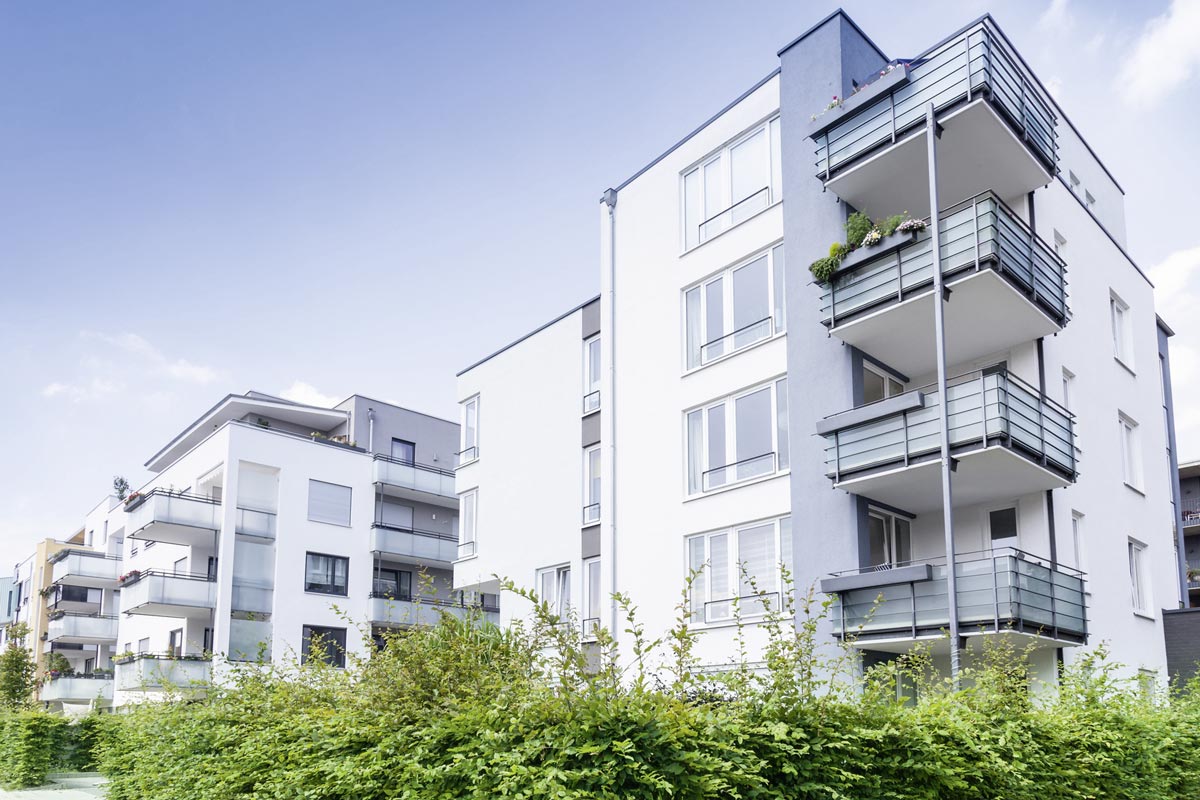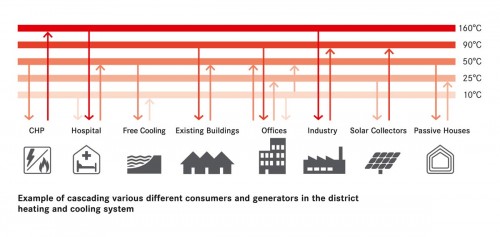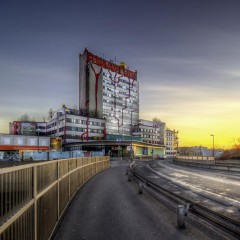High system temperatures in district heating networks lead to fairly substantial heat distribution losses, and reduce the potential of renewable sources of energy and of waste heat from industry, as well as the efficiency of conventional production facilities. The temperatures in district heating networks are a function of the direct consumers‘ maximum demand, the production facilities‘ usable temperature level, the extent to which the heat supplied to the consumers drops in temperature, and the amount of heat transported.
In the project URBANcascade researchers from AIT Austrian Institute of Technology are investigating ways of improving urban district heating and cooling systems by cascading heat. Balancing out the temperature levels of waste heat, renewable sources of energy, the grid and the consumers plays a vital part here. The aim is to lower supply and return temperatures by tying in all consumers on the basis of actual demand, analysing alternative ways of configuring the network as between different types of building, and integrating heat pumps into the system.
Improvement on three levels
For two test cases (Vienna with a 36 % share of district heating and Klagenfurt with a 30 % share) the potential for improvement is being identified for characteristic types of building, synergy effects in building networks are being examined and the influence of these measures on the temperatures in the entire urban district heating system analysed for various different scenarios. The investigation uses relevant sample buildings to find out how measures inside a building (e.g. renovation, hydraulic balancing, etc.) can lower the temperature required and make the heat transfer medium cool down further.
These sample buildings are then grouped together in clusters, in order to identify synergies across building boundaries by means of cascading high and low-temperature consumers. Finally the effects of these measures on the supply and return temperatures in the entire urban grid, on transport capacity and on on the generating facilities are assessed. Ways of integrating heat pumps on all three levels, and opportunities of installing micro-grids, are also looked into.
The case of Vienna
The Vienna network is divided into a primary grid and several secondary grids; this provides many degrees of freedom in cascading heat. Here the primary grid is supplied with heat from large thermal stations such as CHP plants. The secondary grids draw heat from the primary grid via so-called substations. High-temperature consumers like hospitals or industrial plants are connected to the primary grid, while the secondary grid takes care of the low-temperature consumers, like residential buildings.
Splitting the network into primary and secondary grids has many advantages. It makes supply more secure, since if problems develop not the entire grid but only parts of the system are affected; and the secondary grid can be designed for a lower temperature and pressure level, so less expensive components can be used.
In the case of Vienna the primary grid is designed for temperatures up to 160 °C and pressures up to PN (Pressure Nominal) 25, so as to be able to transport as much heat as possible. By contrast, the temperature ceiling in the secondary grid is 90 °C, and design pressure is PN 10.


